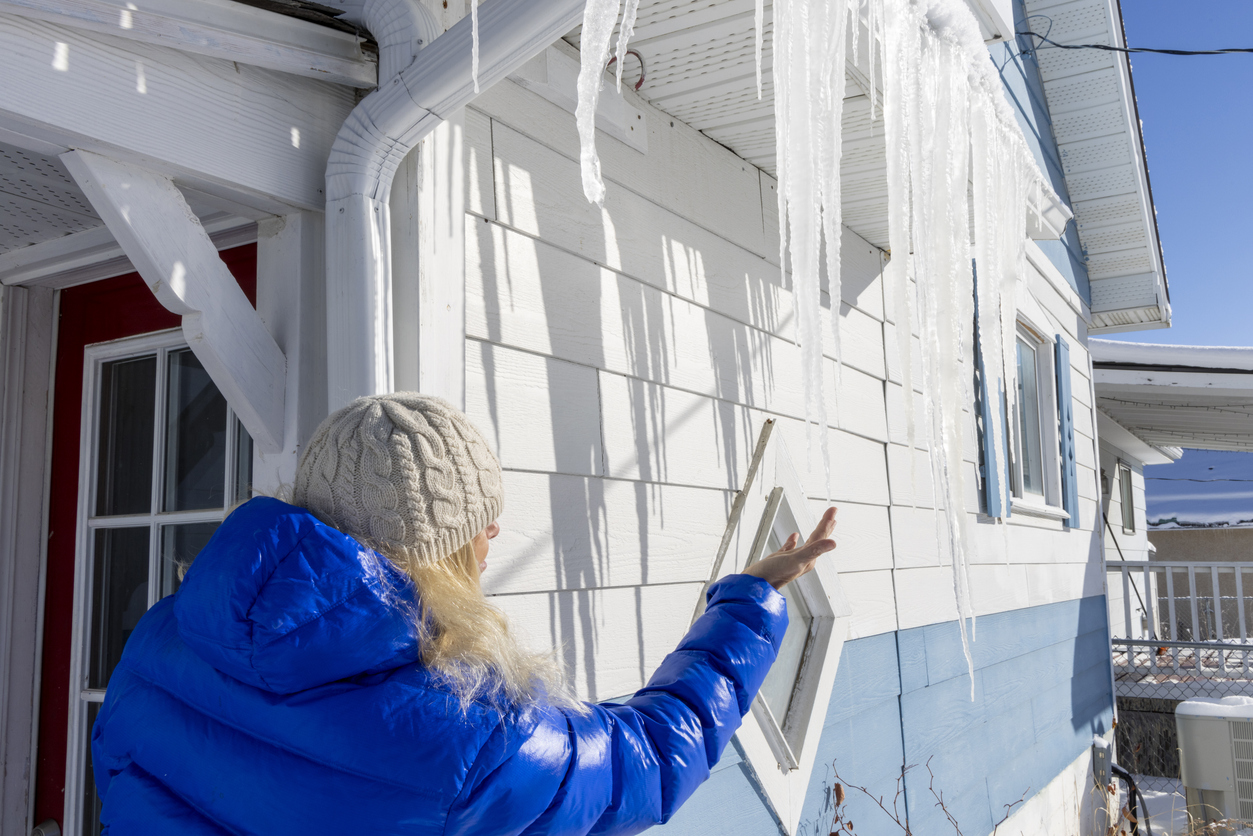(*Note: This Guest Blog is by Jean Niven, an attorney in the Tampa office of Merlin Law Group).
Hurricane season is fast approaching, leaving coastal residences and businesses vulnerable to the whims of Mother Nature. Surviving natural disasters should not be just a warm up to the difficulties encountered in filing an insurance claim. The purpose of insurance is to provide peace of mind. When disaster strikes the insurer is tasked, pursuant to Florida law, with providing prompt assistance in the form of a competent adjuster who has the best interest of the insured as its first priority. Sadly, that scenario has become a fairy tale for many insureds. Instead of providing the friendly professional assistance advertised in TV commercials and on bill boards, the insured is frequently faced with obstructionist tactics designed to wear down even the most stalwart of personalities. This at a time when a person is most vulnerable and frequently has limited financial capability.
Insurance policies are contracts conferring rights and responsibilities on all parties to the agreement. "All parties" being the operative term. An insurer has an obligation to conduct reasonable investigations and never approach investigations, adjustments, and settlements in a manner prejudicial to the insured. How does that comport with the reality of the insureds who are still trying desperately to resolve claims from the 2004 and 2005 hurricane seasons? A new wrinkle has emerged, a demand to prove to the carrier’s satisfaction its insured DID NOT sustain damage sufficient to file a claim. In addition to providing competent evidence the insured sustained a covered loss during one hurricane, the insurer may want proof its insured DID NOT sustain a covered loss in excess of its deductible for an event NOT claimed! That is a creative delay tactic which can be very costly to overcome. For example, the insured may be forced to incur the cost of an operational meteorologist to demonstrate a weather event did not have the magnitude to cause significant damage at the insured’s location–truly an expensive exercise in futility. It is a daunting prospect to prove a negative. The insurer may make that allegation without having any supportive facts or a competent professional opinion that multiple losses occurred, and even when the weather event didn’t cause any significant damage in the geographic area of the insured’s property. This is disingenuous adjustment at best.
Hurricane seasons frequently have multiple events such as Frances and Jeanne in 2004, Katrina and Wilma in 2005, and Dolly and Ike in 2008. Instead of just feeling relief their property wasn’t devastated, an insured should document their property’s well being as soon as practicable after the event occurs. At a minimum, still photographs and a video depicting an intact roof, windows in place, and interior dry walls should be taken and preserved in case a successive disaster strikes. A camera showing the date of filming precludes the argument the photographs were shot pre-event.
The necessity of documenting a non-event is particularly important for a commercial property where there are layers of coverage. An insurer seeking to avoid liability for a covered claim may argue the property sustained damage during successive events, requiring layers below theirs to pay for multiple losses before that carrier’s obligation to pay is triggered. That situation occurs even when an insured denies their structure sustained multiple losses. Insurance policies contain provisions regarding what an insured must do after a loss. Noticeably absent are instructions regarding what to do after a non-loss. Practicality requires an insured to prepare, not only to present his claim, but to defend against accusations his loss is not related to the event. How can one do that?
Commercial owners and high end residential owners should consider retaining a licensed contractor to inspect and document the condition of their property every year, if financially feasible. That type of documentation will diffuse the argument damage was caused by wear and tear, deterioration, dry rot or any other non-covered peril the insurer asserts caused damage rather than the hurricane force winds. Insureds should keep all receipts of repairs to their property. For example, a roof invoice may contain information that a moisture test was performed and the roof did not leak. Or it might state only a minor repair was required. A chronology of repair will be established, which is always helpful after a property loss.
Insurance was intended to be a partnership. The insured paid his premiums, kept his property in good repair, and filed a claim only when he sustained damage. In return, the carrier fairly and promptly adjusted the claim paying dollar for dollar the value of the claim. Reading the true life stories of hurricane survivors, it is evident they are victims of more than a natural disaster. Having had the opportunity of handling the claims of numerous insureds during the past 26 years, it is all too apparent many are more distraught by the treatment they have received from their trusted insurer than from the destructive event itself.
-Jean Niven



